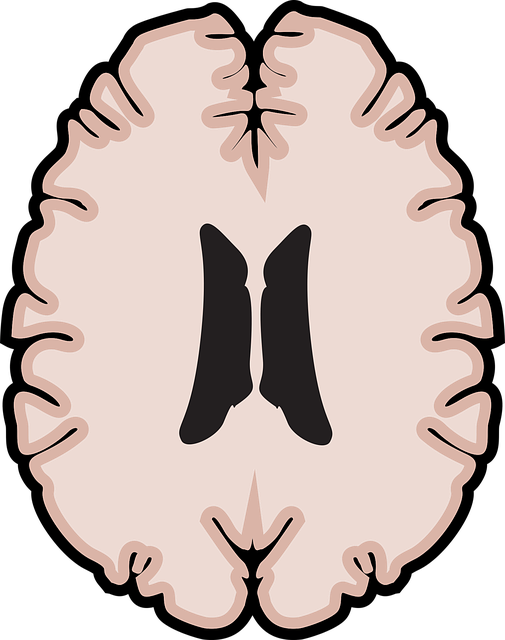Understanding Mental Health Data is a critical step in CADT (Centennial Adjustment Disorder Therapy), where data from patient records, surveys, and clinical assessments undergoes meticulous preparation, standardization, and normalization. This process identifies relevant variables and creates structured datasets focusing on stress levels, coping mechanisms, and social support networks. The analysis of these patterns reveals effective interventions, personalizes therapy sessions, and enhances treatment outcomes for CADT patients. Advanced analytics tools enable professionals to develop integrated treatment plans, monitor progress, and promptly adjust strategies, ultimately fostering resilience through data-driven strategies.
Mental health data analysis is a powerful tool for understanding complex conditions like Centennial Adjustment Disorder (CAD). This article explores how structured analysis of patient data can reveal significant patterns and trends in CAD therapy. By delving into the collection, preparation, and interpretation of mental health data, we can enhance clinical practice, personalize treatment plans, and ultimately improve patient outcomes. Let’s discover how data-driven insights are transforming the landscape of CAD therapy.
- Understanding Mental Health Data: Collection and Preparation
- Analyzing Patterns and Trends in Centennial Adjustment Disorder Therapy
- Interpreting Results and Informing Clinical Practice
Understanding Mental Health Data: Collection and Preparation

Understanding Mental Health Data is a foundational step in any analysis, especially when considering complex issues like Centennial Adjustment Disorder Therapy. The process begins with data collection, which involves gathering information from various sources such as patient records, surveys, and clinical assessments. This raw data must be meticulously prepared to ensure its quality and consistency, aligning it with the specific research or treatment goals. Standardization and normalization techniques are employed to make the data comparable and meaningful.
The preparation phase also includes identifying relevant variables and creating structured datasets. For instance, in the context of Centennial Adjustment Disorder Therapy, researchers might focus on factors like stress levels, coping mechanisms, and social support networks. By organizing data in a structured format, it becomes easier to apply Mental Wellness Coaching Programs Development strategies based on evidence and Mind Over Matter Principles. This preparation is crucial for drawing accurate insights and making informed decisions regarding therapy approaches and Self-Care Routine Development for Better Mental Health.
Analyzing Patterns and Trends in Centennial Adjustment Disorder Therapy

The analysis of patterns and trends in Centennial Adjustment Disorder Therapy (CADT) offers valuable insights into improving treatment outcomes. By examining large datasets, researchers can identify commonalities among individuals responding positively to various therapeutic interventions. This process involves sifting through data collected from diverse sources, such as clinical notes, surveys, and behavioral observations, to uncover recurring themes and factors contributing to recovery. For instance, trends might reveal that specific Emotional Well-being Promotion Techniques or Conflict Resolution Techniques are more effective for certain age groups or demographics within CADT patients.
Furthermore, the analysis can highlight emerging patterns related to patient engagement and adherence to treatment protocols. Incorporating practices like Mindfulness Meditation has shown promise in reducing symptoms and improving overall emotional resilience among individuals with CADT. By understanding these trends, therapists can tailor their approaches, ensuring more personalized and effective therapy sessions for each patient’s unique needs.
Interpreting Results and Informing Clinical Practice

When analyzing mental health data, particularly focusing on conditions like Centennial Adjustment Disorder (CAD), interpreting results accurately is paramount. This involves meticulous examination of trends, patterns, and correlations within the dataset. By applying robust statistical methods and utilizing advanced analytics tools, mental health professionals can uncover significant insights that may not be immediately apparent. These findings serve as a powerful guide for tailoring therapeutic interventions to individual needs.
Informed by data analysis, clinical practice benefits from evidence-based strategies that enhance the effectiveness of CAD therapy. For instance, identifying common co-morbidities or risk factors through data can lead to integrated treatment plans combining psychotherapy and trauma support services. Additionally, focusing on inner strength development based on analytical outcomes can empower individuals with coping mechanisms for lifelong resilience. Equally important is using risk assessment tools (for mental health professionals) to monitor patient progress and make timely adjustments to treatment strategies.
Mental health data analysis offers a powerful tool for understanding complex conditions like Centennial Adjustment Disorder Therapy. By examining trends and patterns, we can gain valuable insights that inform clinical practice, ultimately improving patient outcomes. This structured approach ensures that treatment strategies are evidence-based and tailored to individual needs, fostering better mental well-being in those affected by this disorder.











